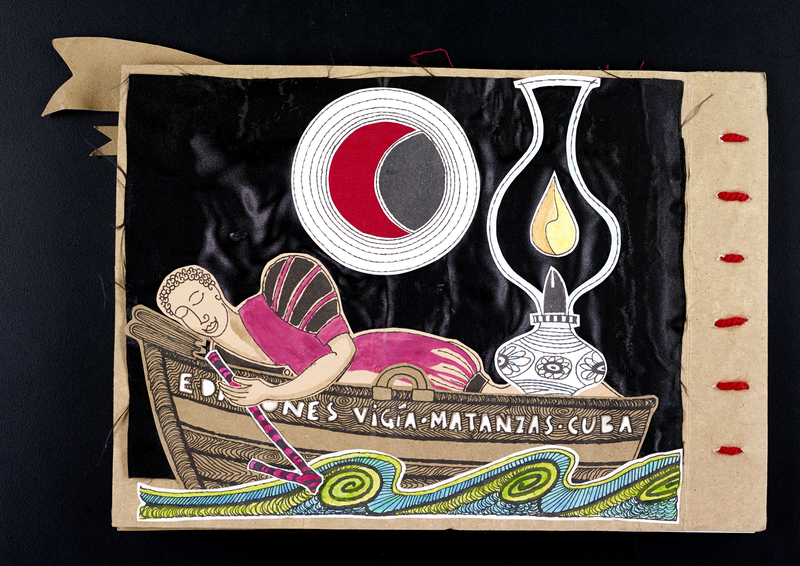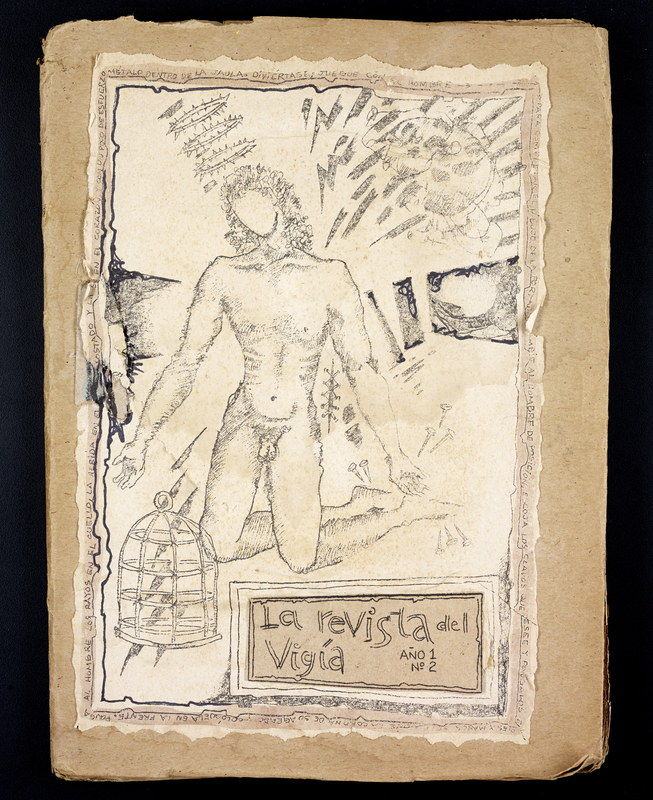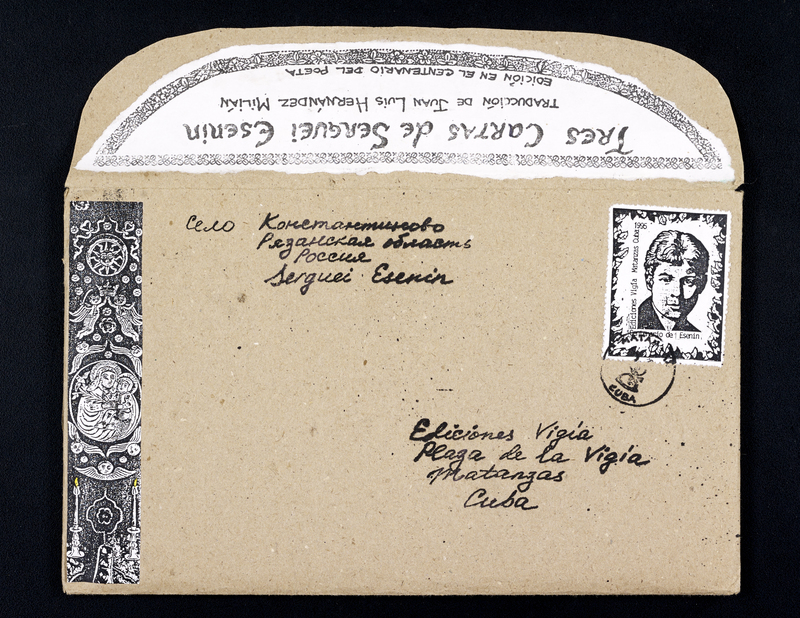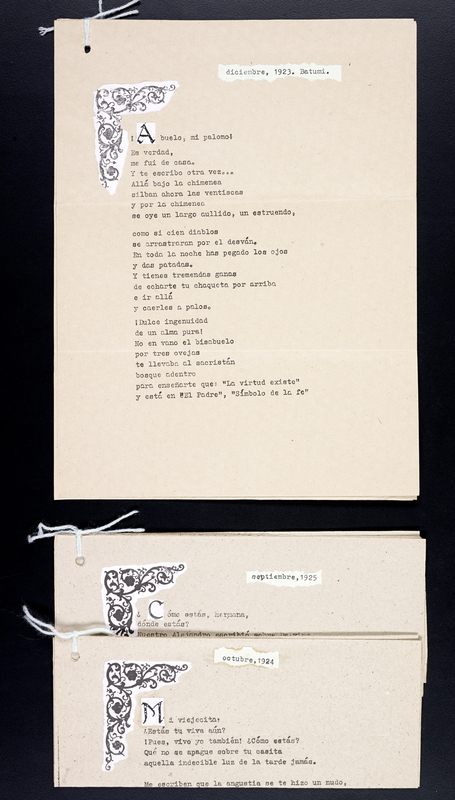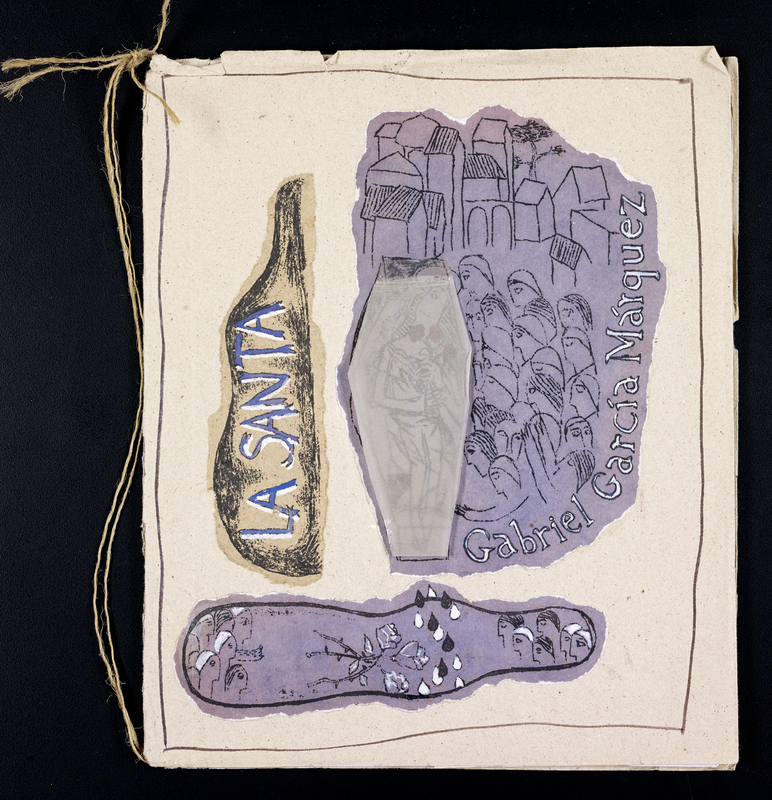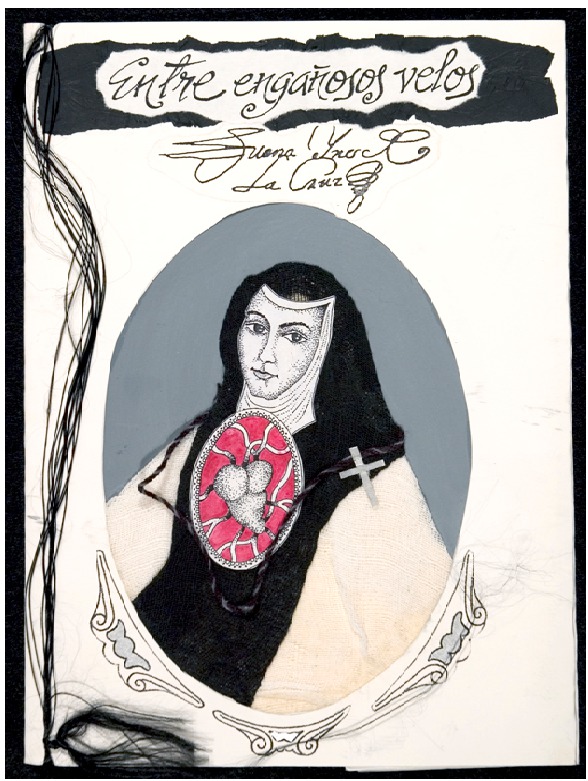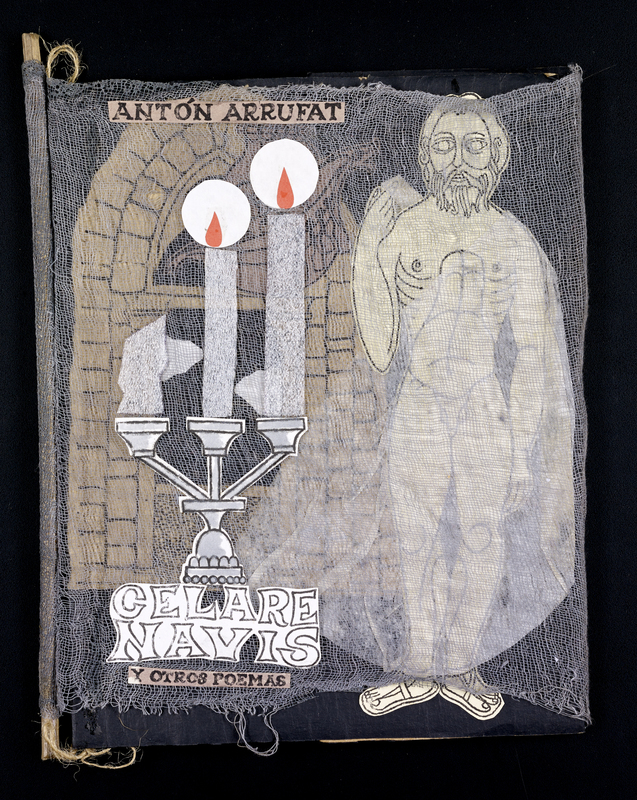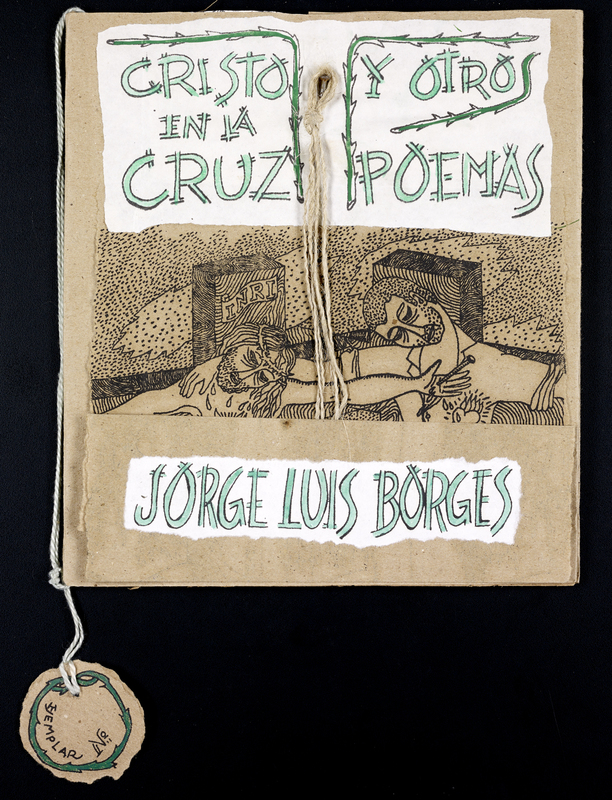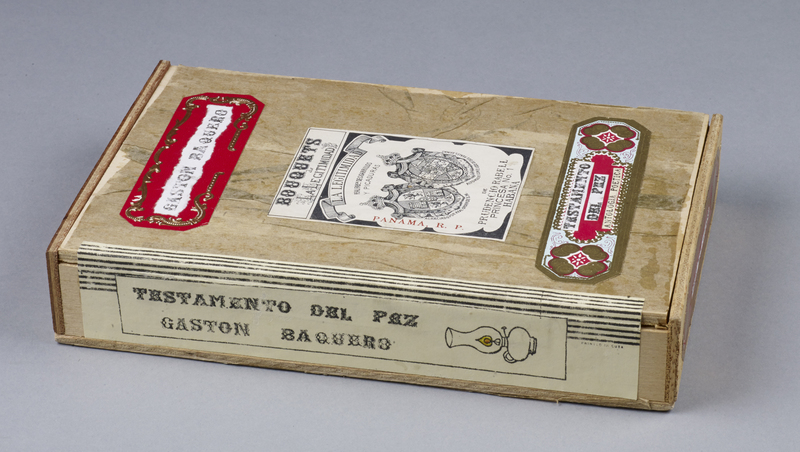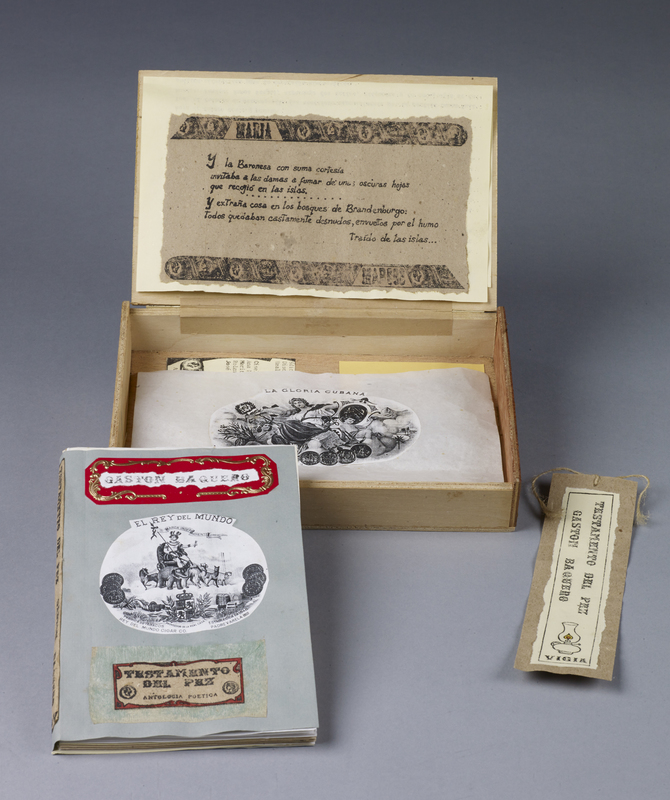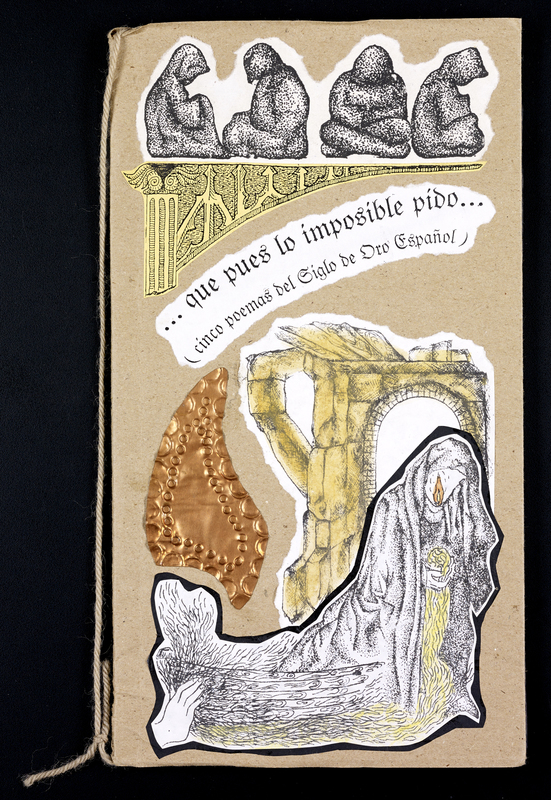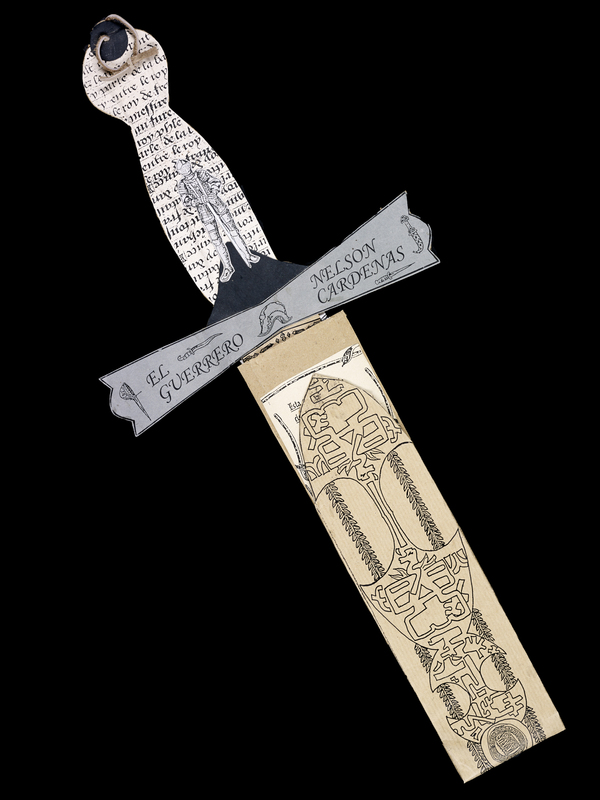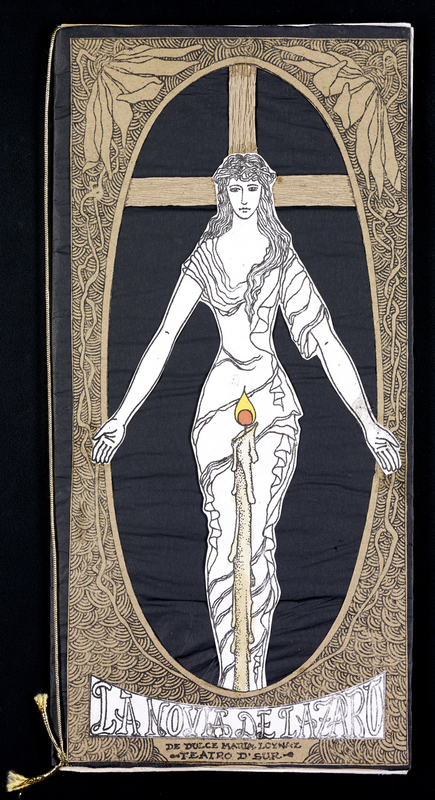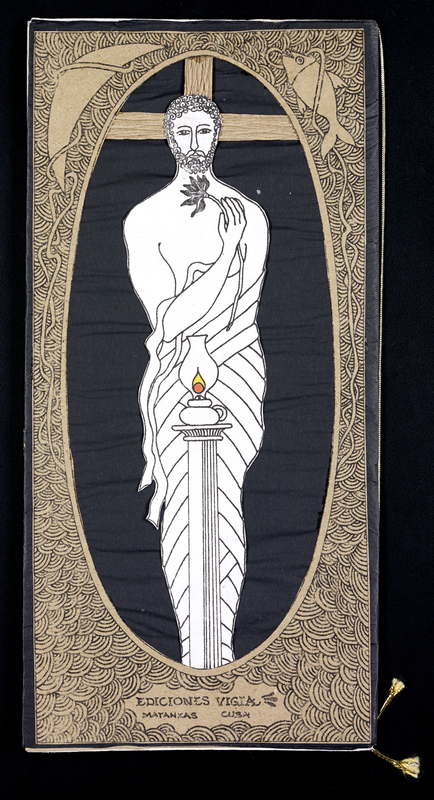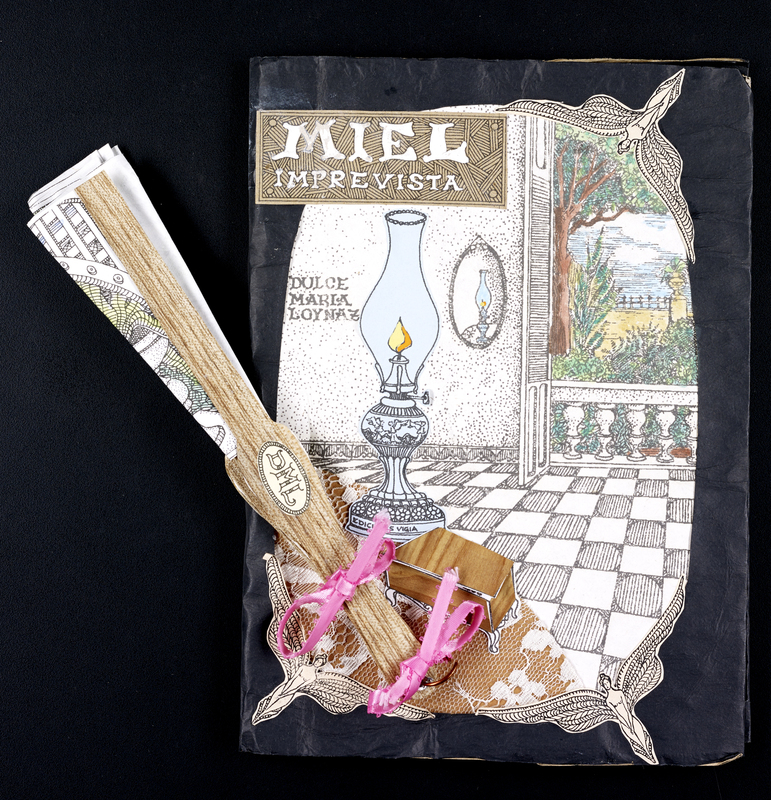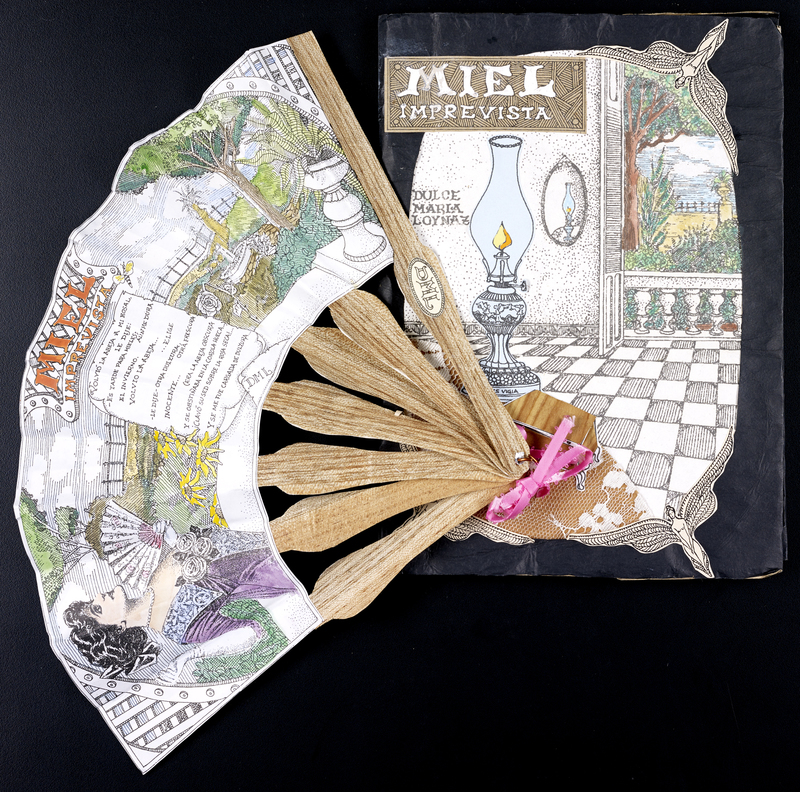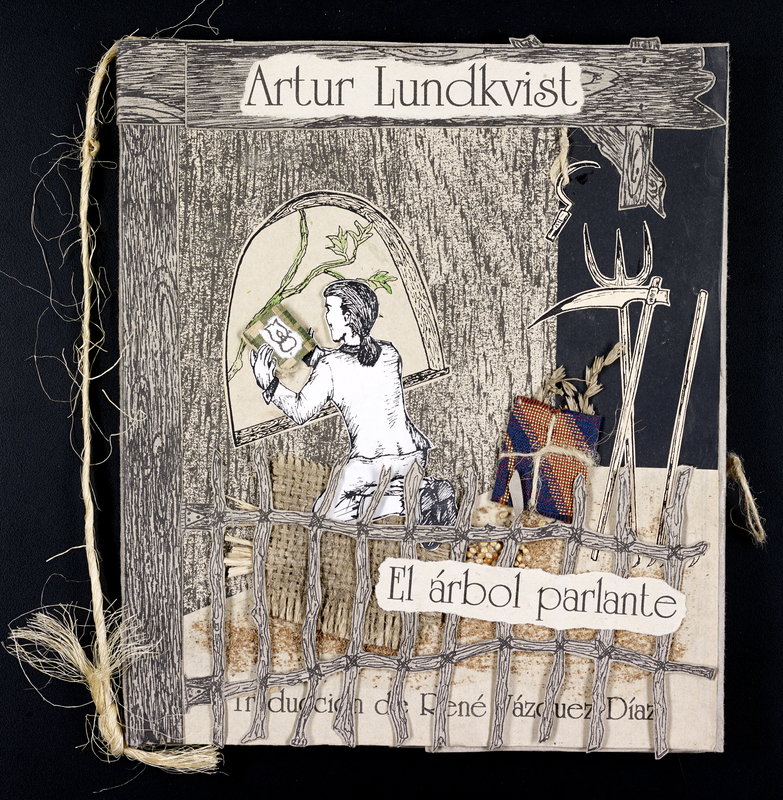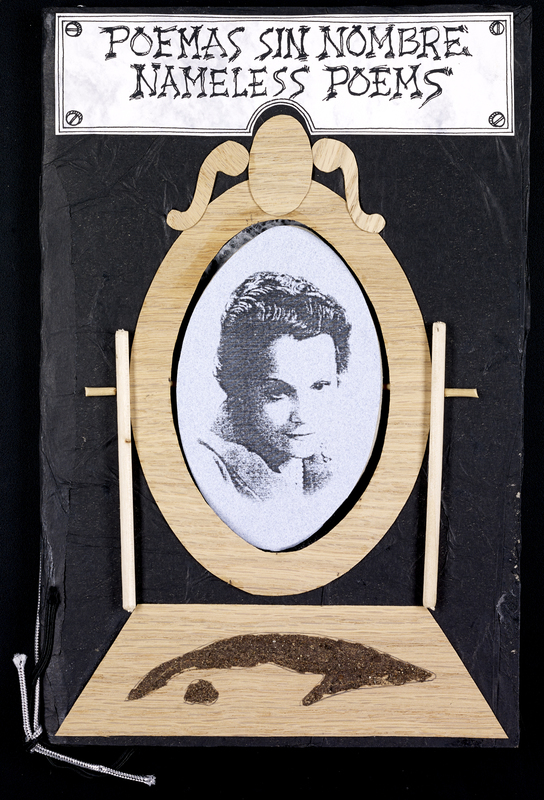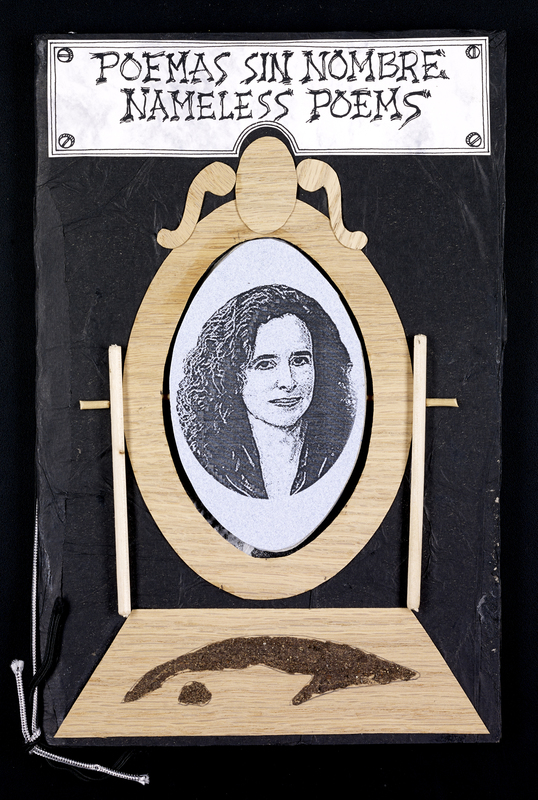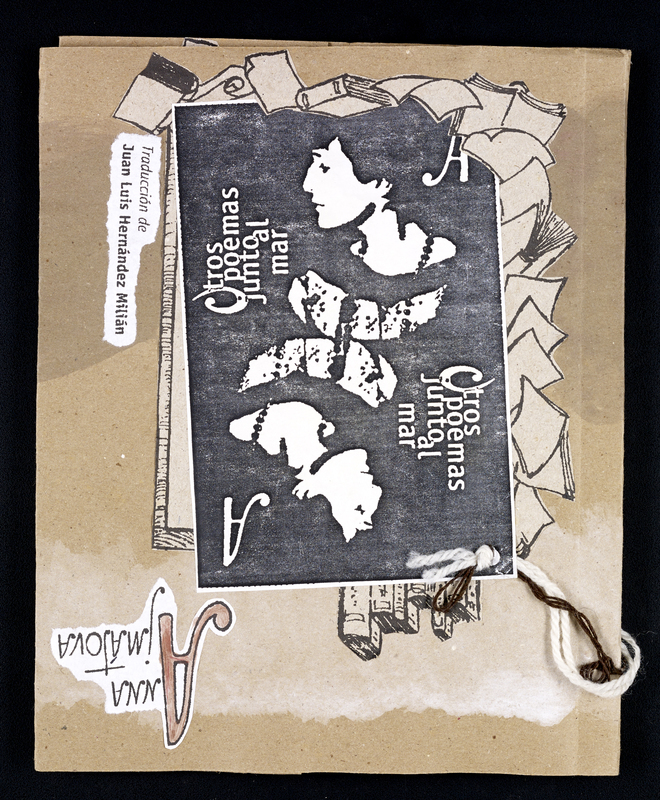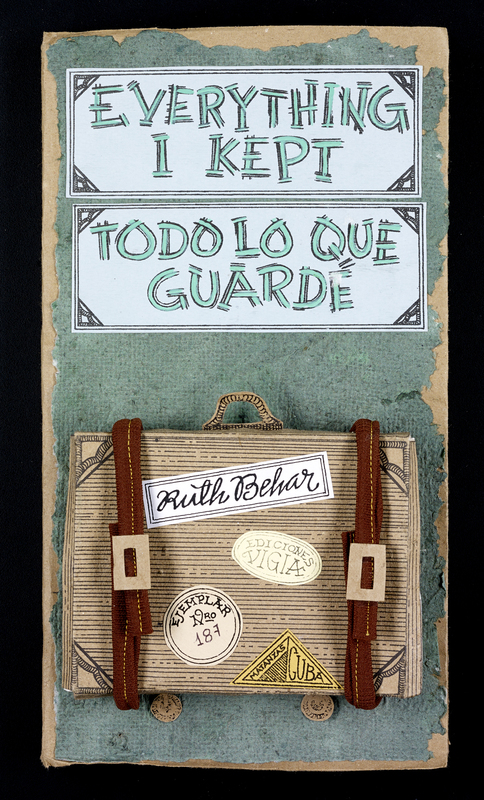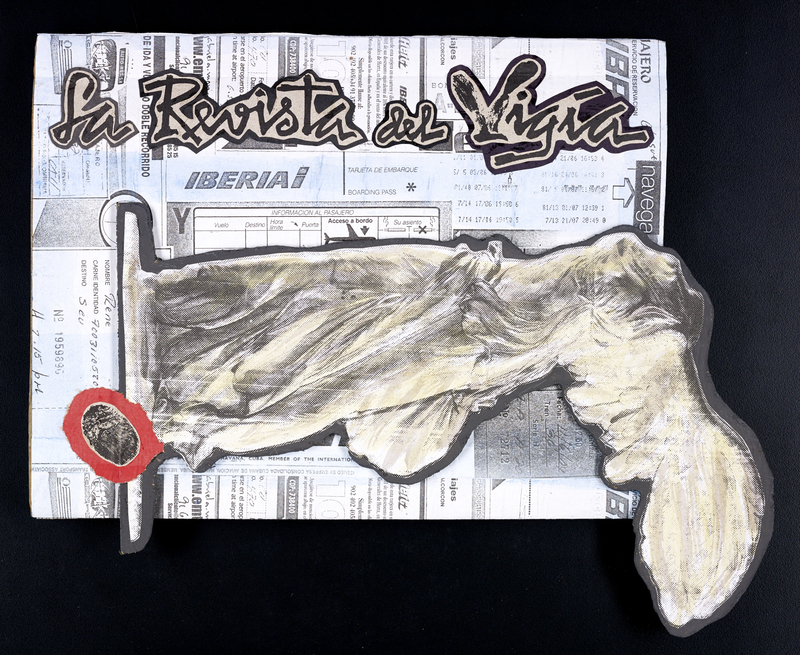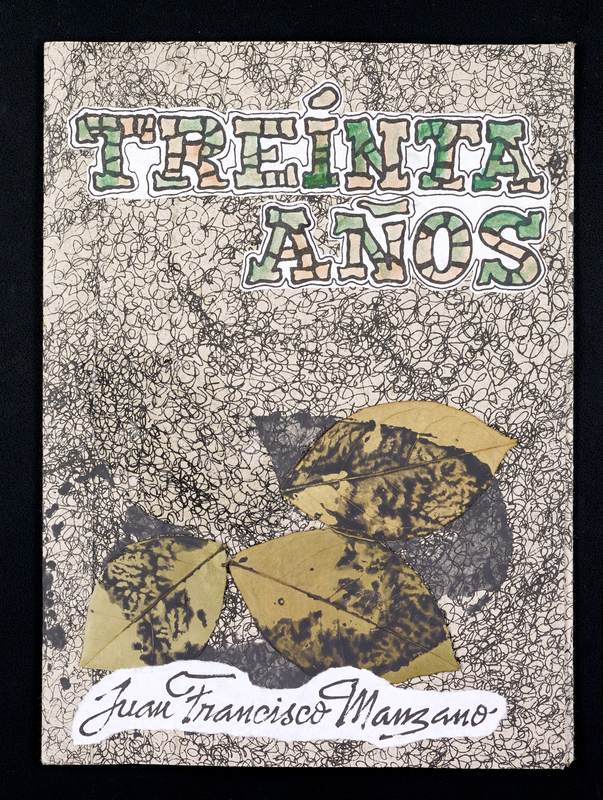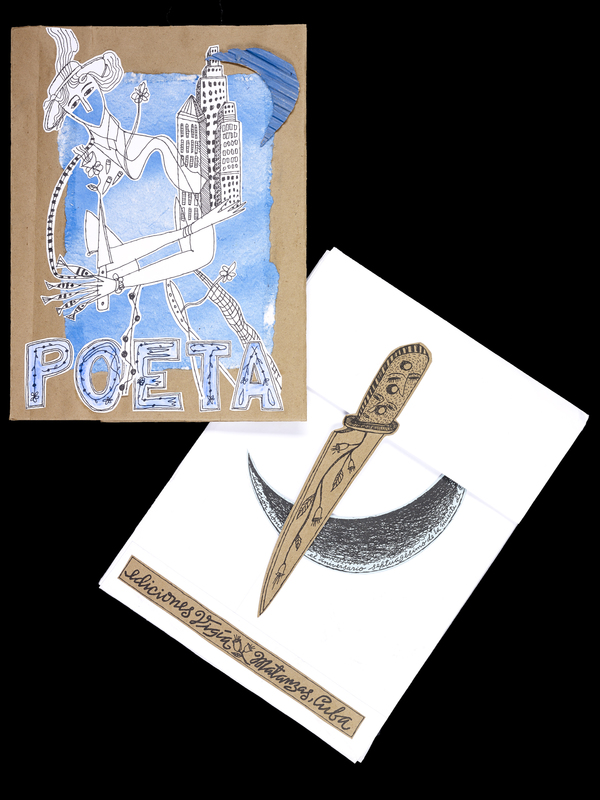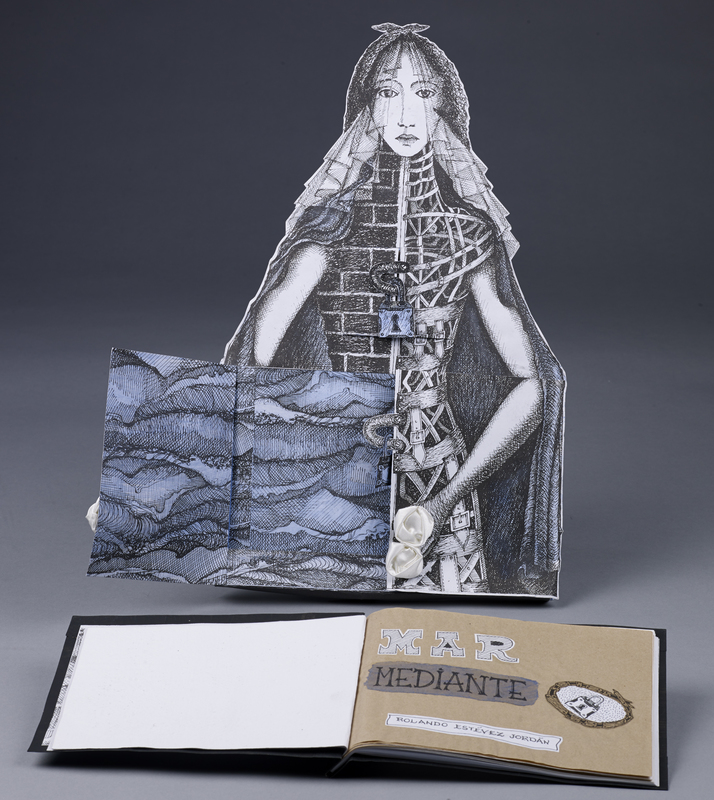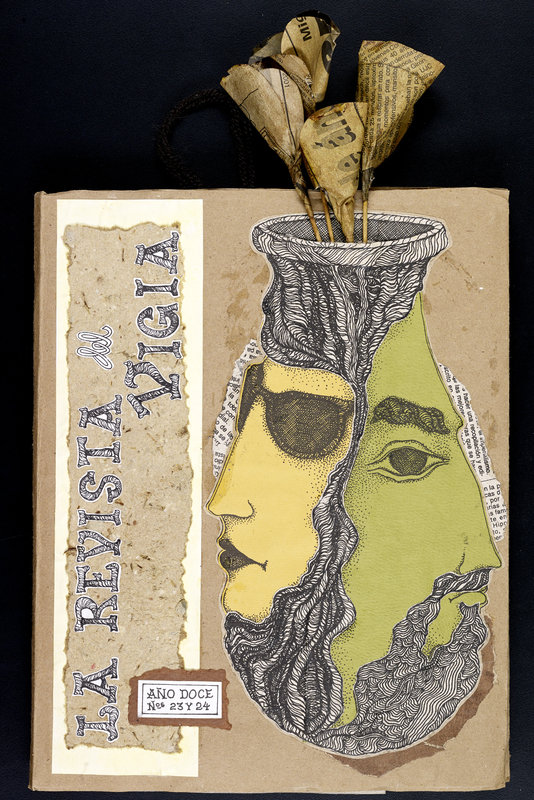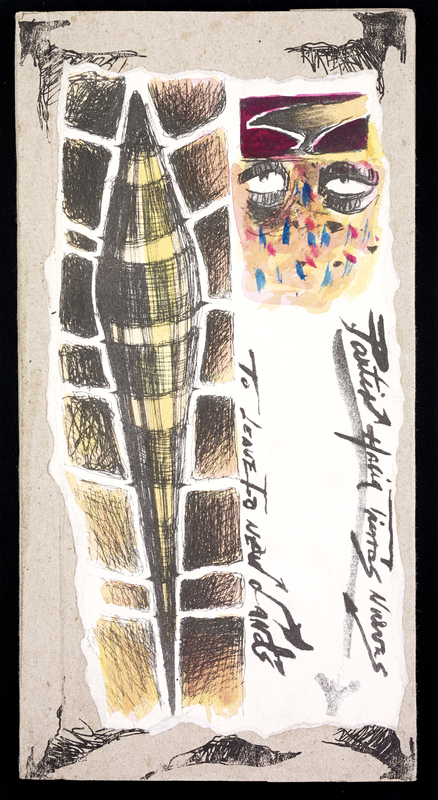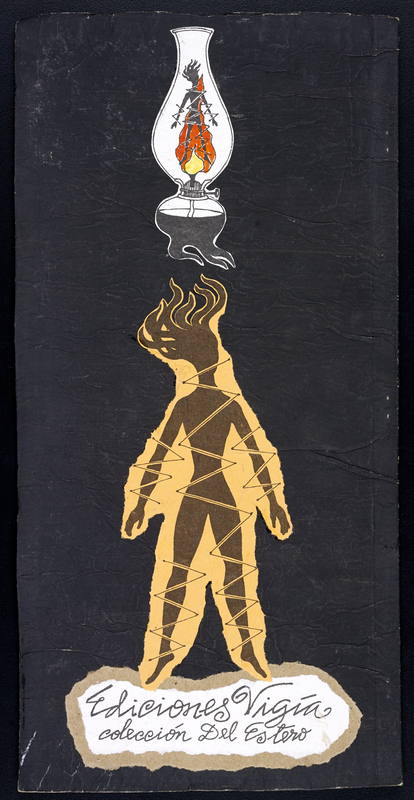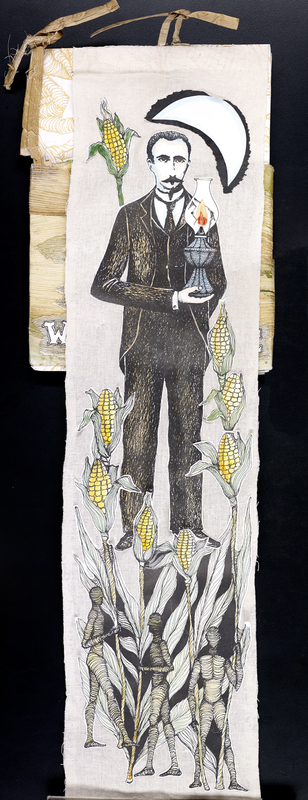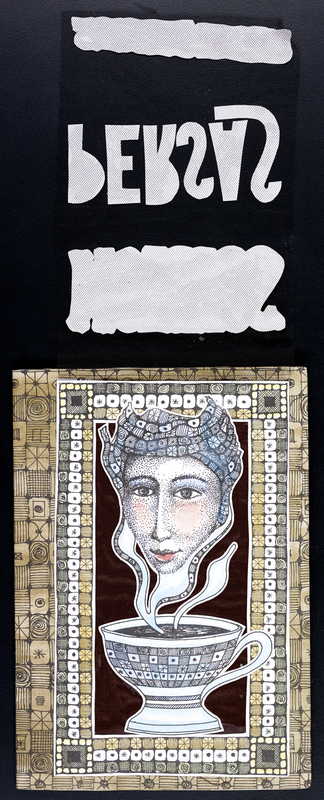Ediciones Vigia
Although Ediciones Vigía did not start as an imprint, as the artistry grew so did the development of the books. In 1985, poet Alfredo Zaldivar gained access to la Casa del Escritor de Matanzas (the House of the Writer) de Matanzas in Cuba. La Casa del Escritor functions as a cultural center and institution for the region. Rolando Estévez joined Zaldivar, and brought with him his creative artist spirit. They began to publish flyers and invitations to promote literary and musical events. Creating these invitations served as the impetus for Ediciones Vigía, an imprint dedicated to printing literary works by incorporating illustrations and craft pieces. With limited access to materials, Ediciones Vigía artists utilized kraft paper freely available at shops and produced their pages through the use of mimeograph machines and rudimentary tools.
Ediciones Vigía was a place for artists and writers to have an avenue to express themselves. To the pleasant surprise of the founders of the imprint, by the 1990s notable Cuban writers such as Cintio Vitier, Fina García Marruz, Dulce María Loynaz, Roberto Fernández Retamar, and Nancy Morejón were seeking Vigía out to publish their original works. This period is also when the imprint grew in reputation, and the production of the books becomes systematized.
Ediciones Vigía instituted a distribution policy that typically required an edition of 200 copies per piece. Copies are allocated to the designers, artisans, libraries, and book fairs, and as special gifts. Affordable copies are usually reserved for the Cuban people to purchase therefore ensuring the distribution as equitable and accessible to all. Some copies are also sold in hard currency to support further production of the books. The books are not always made to illustrate the text, but they use aesthetic style and artistic expression to symbolize the essential nature of the narrative. This practice allowed Vigía to capture the spirit of the writing, but retained the poetic license to create art around the text.
The U-M Library Special Collections Library holds a substantial and growing collection of Ediciones Vigía. What follows are items described in the exhibit segments (Cultures, Identities, Narratives) plus many more for viewers to delight in and make their own intersections with the elaborate and sometimes arresting images.
Selections from 1990 to 1995
Selections from 1996
Selections from 1997
Selections from 1998 to 2000
Selections from 2001 to 2006
Selections from 2007 to 2010

Intersections
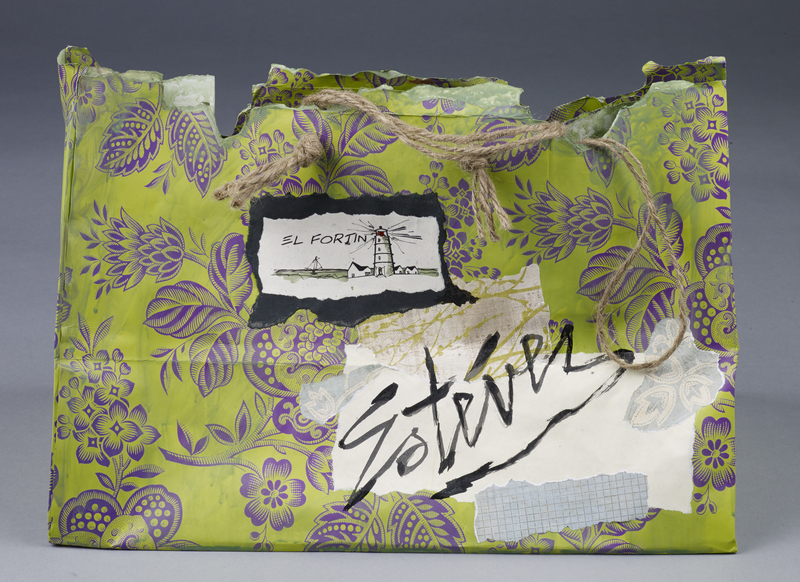
El Fortín - Estévez and His Art

